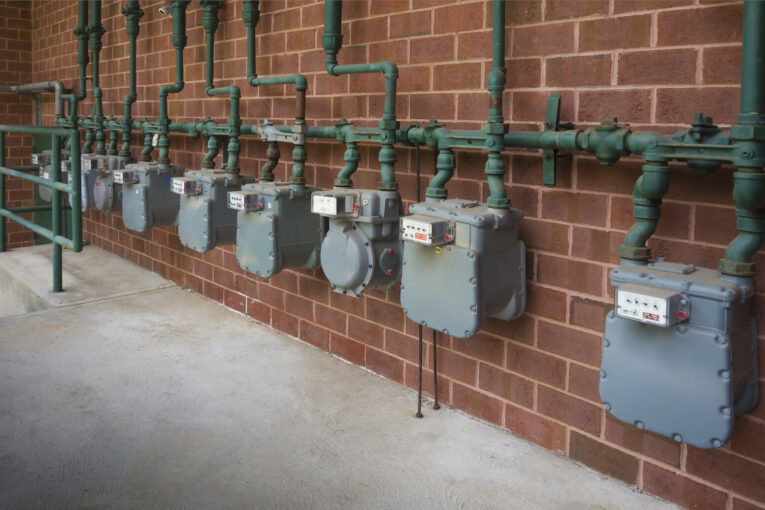
U.S. natural gas futures edged up to a one-week high on Tuesday as cold weather this year has slowed the return of some output.
Front-month gas futures for February delivery rose 2.6 cents, or 0.6%, to settle at $4.053 per million British thermal units (mmBtu), their highest close since Jan. 18.
The premium of futures for February over March fell to an intraday low of about seven cents per mmBtu earlier in the session, its lowest since at least 2019. March will become the front-month on Jan 28.
In the spot market, meanwhile, frigid weather and high heating demand over the past week in the U.S. Northeast has kept next-day power and gas prices in New York and New England at or near their highest levels since January 2018.
Analysts said bitter cold in the United States in recent weeks should have boosted heating demand enough to force utilities to keep pulling huge amounts of gas from storage, pushing overall inventories below the five-year average for the first time since mid-December.
Data provider Refinitiv said average output in the U.S. Lower 48 states fell from a record 97.6 billion cubic feet per day (bcfd) in December to just 94.3 bcfd so far in January after frigid weather froze wells in several regions, including the Permian in Texas and New Mexico, the Bakken in North Dakota and Appalachia in Pennsylvania, West Virginia and Ohio.
With less cold expected, Refinitiv projected average U.S. gas demand, including exports, would drop from 142.9 bcfd this week to 133.9 next week. The forecast for this week was lower than Refinitiv projected on Monday.
On a daily basis, Refinitiv said total U.S. gas demand plus exports hit a preliminary record high of 155.8 bcfd on Jan. 21, which would top the current all-time high of 150.6 bcfd on Jan. 30, 2019.
The amount of gas flowing to U.S. LNG export plants has averaged 12.5 bcfd so far this month, which would top December’s monthly record of 12.2 bcfd.
Traders said demand for U.S. LNG will remain strong so long as global gas prices keep trading well above U.S. futures as utilities around the world scramble for LNG cargoes to replenish low stockpiles in Europe and meet surging demand in Asia.
In recent weeks, European gas prices have spiked on concerns Russia may cut off supplies of gas to the rest of Europe due to the Russia-Ukraine tensions.
Gas prices were trading near $30 per mmBtu in Europe and $25 in Asia, compared with around $4 in the United States. But no matter how high global gas prices rise, the United States only has capacity to turn about 12.2 bcfd of gas into LNG. The rest of the gas flowing to the LNG facilities is used to run plant equipment.
Global markets will have to wait until later this year when some of the 18 liquefaction trains under construction at Venture Global LNG’s Calcasieu Pass in Louisiana start producing LNG. The plant has been pulling in small amounts of feed gas since around September as it prepares to begin operating.
You can read more of the news on source



